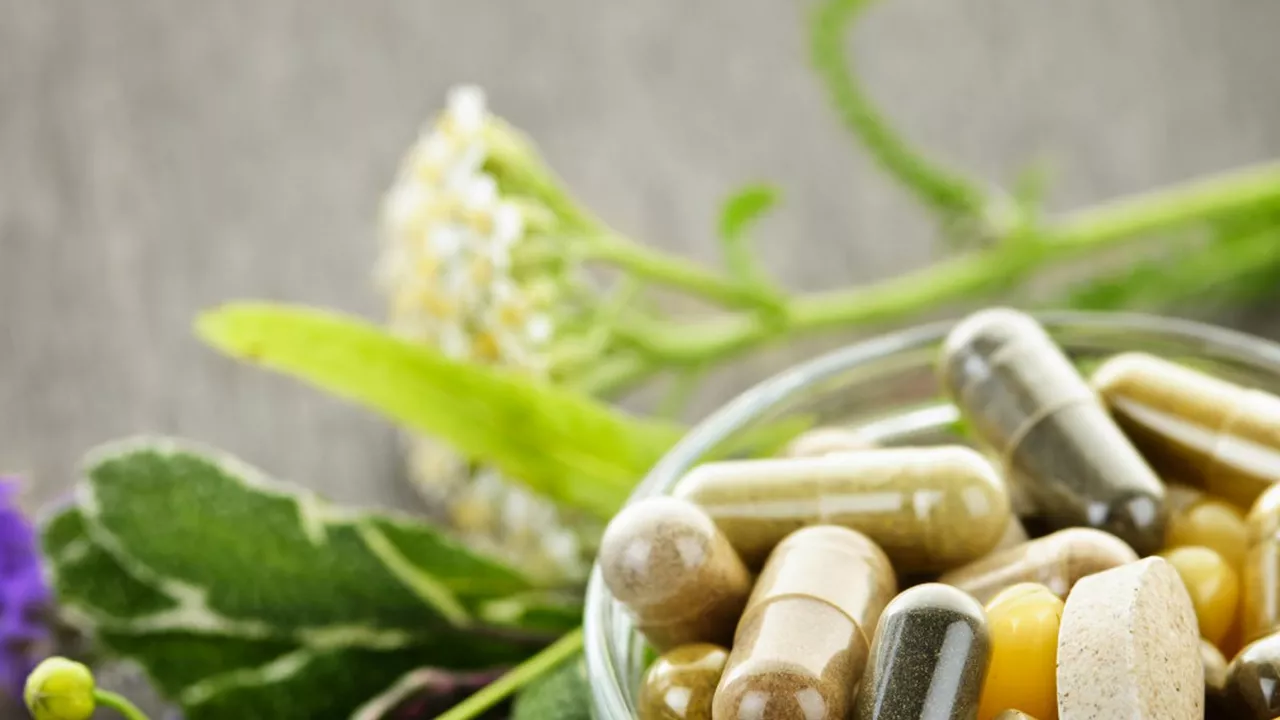American White Water Lily: ID, Care & Uses
Spotting a patch of broad, round leaves and fragrant white flowers floating on calm water is one of those small joys. The American white water lily (Nymphaea odorata) is common in ponds and slow streams across much of North America. It’s attractive, helpful for pond health, and has a history of traditional use — but there are a few simple rules to follow if you want to grow, forage, or use it.
Identification & habitat
How do you know it’s the white water lily and not something else? Look for round, flat leaves that float on the surface. Leaves are typically dark green on top and may be slightly notched where the stem joins. The flowers are white, often with a little yellow center, and many are pleasantly fragrant. They open in daylight and close at night during their bloom period.
These lilies prefer still or slow-moving fresh water — ponds, sheltered bays, and calm edges of lakes. They do best in full sun (most days with several hours of direct light) and tolerate a range of water depths, usually shallow to moderately deep margins. They also create shade for the water, which helps limit algae growth and gives fish places to hide.
Growing, uses & safety
Want one in your pond? Plant the rhizome in a wide, shallow container filled with heavy loam (not peat). Submerge the pot so the crown sits just below the water surface, then move deeper as the plant fills out. Feed with aquatic fertilizer tablets in spring and early summer to encourage big leaves and lots of blooms. Divide crowded rhizomes every 3–4 years to keep plants healthy.
People have used parts of this plant traditionally: Indigenous communities made poultices and teas from roots and leaves for minor wounds, coughs, or skin issues. That history is interesting, but don’t take it as a replacement for medical care. Wild plants can absorb pollutants, so never harvest from questionable water. If you’re curious about medicinal use, talk to a knowledgeable herbalist or your healthcare provider first.
There are a few pitfalls to watch for. In small ponds, lilies can spread and block too much light — aim for about 40–60% surface coverage to balance shade and oxygen needs. Also watch water quality: muddy, polluted, or stagnant water may harm the plant and make any harvested parts unsafe. Finally, check local rules before removing plants from wild areas — some regions protect native aquatic plants.
Want quick tips? Give them sun, plant rhizomes in wide containers, fertilize lightly, and don’t overharvest. The American white water lily can be a beautiful, low-maintenance focal point in a water garden and a quiet helper for pond ecology when treated with a little care and common sense.

The American White Water Lily: A Game-Changer in the World of Dietary Supplements
In my recent exploration of the world of dietary supplements, I discovered the American White Water Lily. This extraordinary plant has been making waves for its impressive health benefits. Rich in antioxidants and other vital nutrients, it's now being hailed as a game-changer in the dietary supplement industry. Many believe it could offer a natural, plant-based solution to a variety of health concerns. It's truly fascinating how nature continues to surprise us with its bounty.
Read More